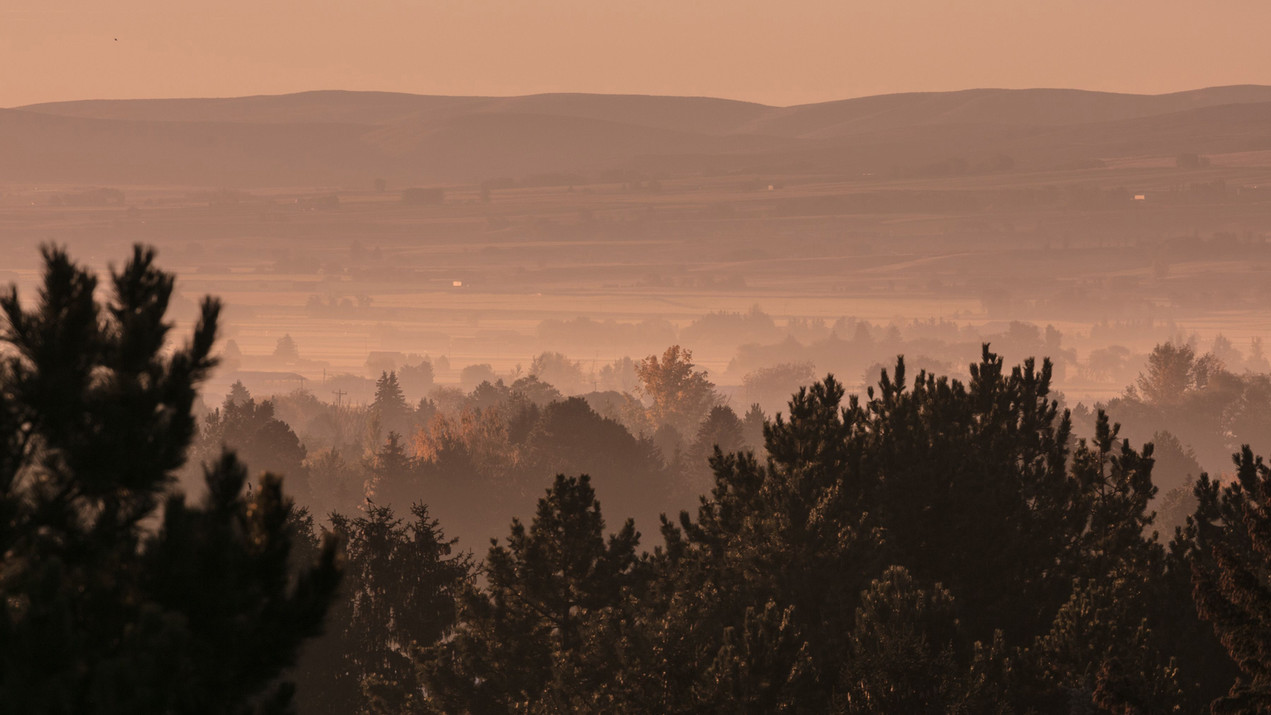
Emergency Management
Avalanche
Although CWU Main Campus does not have an immediate risk of avalanche, many of our students, staff, and faculty enjoy outdoor recreational activities where exposure to the hazard may occur. Many of the routes connecting Ellensburg to western portions of the state contain the avalanche hazard as well.
An avalanche is a large amount of snow moving quickly down the slope of a mountain at speeds of 60-80 MPH. They can be caused by people, new snow, and wind during the peak seasons of December through March. People caught beneath heavy snow from an avalanche may not be able to dig out and suffer trauma, hypothermia, or die from suffocation. The western portion of Kittitas County and winter recreation areas are at risk of avalanche hazards. An average of 28 people die in avalanches every winter in the United States.
How to Stay Safe When an Avalanche Threatens
Prepare Now
- Know the risk of avalanches in your area
- Learn the signs of an avalanche
- Take first aid training
- Follow avalanche warnings on roads
- Know the signs of increased Danger
- Avoid areas of increased risk, such as slopes steeper than 30 degrees
Survival During
- Wear a helmet during activities to reduce head injuries
- If possible, use an avalanche airbag
- Carry a collapsible avalanche probe
- If your partner or others are buried call 9-1-1 then begin to search
- Treat others for suffocation, hypothermia, traumatic injury, or shock
CWU News

CWU women’s rugby team earns six All-American selections
May 13, 2024
by University Relations

CWU Board of Trustees to Convene this week
May 13, 2024
by University Relations